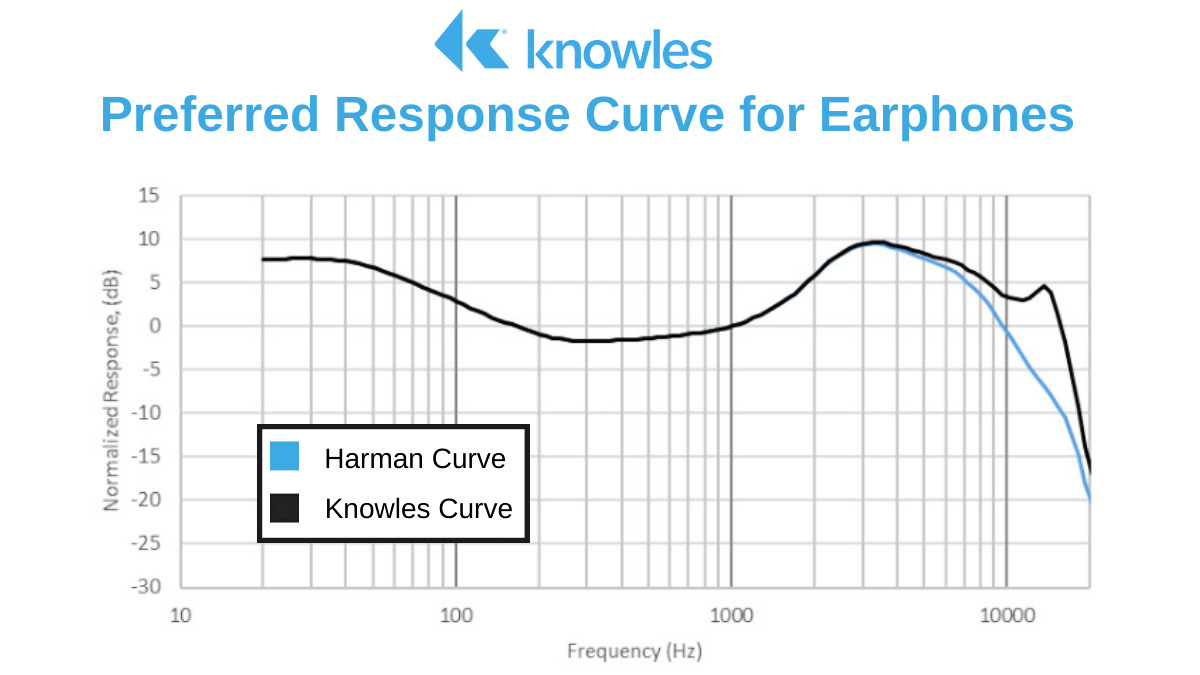For me, it's quite different. The Zero is much thinner sounding and the bass less full and impactful. It can sometimes be shouty in the upper mids. It has much less upper treble air and sparkle. Trio to my ear has better spatial effects. There could be some unit variation, my Zero has a lot less bass, most measurements including Amir's do show the Trio with quite a lot more bass particularly sub-bass than the Zero but it's even more pronounced on my one. These are my own units, not Precog's:

On the flip side, the bass while fuller and more impactful can also sound less clean, more muddy or congested (relatively- it's not overly so). While the mids I really do think are not half as bad as they look on the graph, but I would not consider this IEM to be a standout for mids. I think what it's going for with the 1-2kHz recess is for soundstage, similar to the dip you find on Hifiman over-ears. The recess at ~5-7kHz I imagine is to eliminate sibilance, certainly there is no hint of that with this, it's an extremely forgiving IEM. This isn't the only IEM to diverge from Harman with a dip in this region, it's quite common, but it is particularly pronounced on the Trio. Having said that, I honestly don't notice a huge difference EQing this flatter.
The Zero a very good IEM, but I don't find Harman quite ideal as a target for IEMs. For over-ears, I am 100% on board, and EQ all my over-ears to Harman. But it doesn't sound quite right to me for IEMs.
- too sharp a dip from the sub-bass through the mid-bass to the lower mids
- slightly too lean in the mid-bass
- actually lower at 250Hz vs 1khz, and then slopes up, this "suck" leads to a thin sound with music lacking sub-bass
- too shouty in the upper mids, gets fatiguing
- rolls off the treble too quickly, unnecessarily cutting air and sparkle
I prefer IEF neutral with a bass shelf, typically a bass shelf slightly less sharp than in Harman IE and with a little more mid bass. Oratory1990's USound IEM target is also a good alternative and fixes all these issues with Harman, more gentle transition, a touch more mid bass, flat rather than upsloping in the lower mids, not quite as shouty, not quite as quickly rolled off in the treble. I'd take a bass shelf halfway between it and Harman.

I get there is a lot of adherence to Harman on ASR and I am 100% Harman for over-ears. But in-ears, it's just not quite there, and I am far from the only one with this opinion, most reviewers have similar criticisms of Harman, and almost no IEMs are tuned exactly close to Harman. Most reviewers diverge from it, particularly in the upper mids. Oratory1990 doesn't think it's quite right. Jermo Köhnke, Sennheiser's IEM product manager, has also said he believes IEF neutral to be more tonally neutral than Harman for in-ears. So while Harman has near-universal acceptance for over-ears, outside of ASR very few people think it's quite right for in-ears. Even Harman themselves diverge from it quite a bit in the actual physical products they put out, and they diverge from it in the exact same ways that everyone criticizes it, they don't do the mid-bass "suck", they keep the lower mids flat, they ease off a little bit on the upper mids. It's nearly there- the other good targets are all along the same general lines- but not quite.
The Trio certainly isn't the one I'd take if I had to pick one IEM. I consider it more genre/niche than all rounder. Monarch Mk2 would be my overall preference for one all-rounder IEM. It's closer to Harman than this is, and my "general" preference is closer to Harman than this. Trio is more a particular mood IEM, really for the bass response, that's what it does best.
I can appreciate straight Harman IEMs too, the Moondrop Variations which is bang on Harman from sub-bass to 3kHz is one of my favourite IEMs and for the music it works with, like any electronic music with sub-bass, it's great. But I prefer it less for genres like rock, stuff that has bass but bass that doesn't go low into the sub-bass, it's just not the best. It's still a great IEM, even for these, but it wouldn't be my first pick.
The Moondrop Blessing2 Dusk is another of my favourite IEMs and is also very close to Harman, according to AutoEQ's Harman list, the closest wired IEM in existence to Harman. But even it fixes basically all the issues I have with Harman, it has a smoother transition from the sub-bass, it doesn't do the dip, it is flat rather than upsloping to 1kHz, it is below Harman from 3-7kHz and it doesn't totally murder the treble (although this is the Dusk's weak point, there are IEMs with much better treble extension, such as the Variations and Monarch Mk2 - or indeed, the Trio).
So it's not that I'm totally against Harman in-ear, I think it's almost there. Some of my favourite IEMs are tuned to Harman or very close to Harman. But it's not quite perfect or what I want 100% of the time either, and I don't think an IEM is necessarily a disaster because of slight deviations from Harman, in fact deviations from Harman are often a positive.
As to whether it's somehow "objectively" worth it, of course it's not, it's not 50 times better. There are massive diminishing returns.

